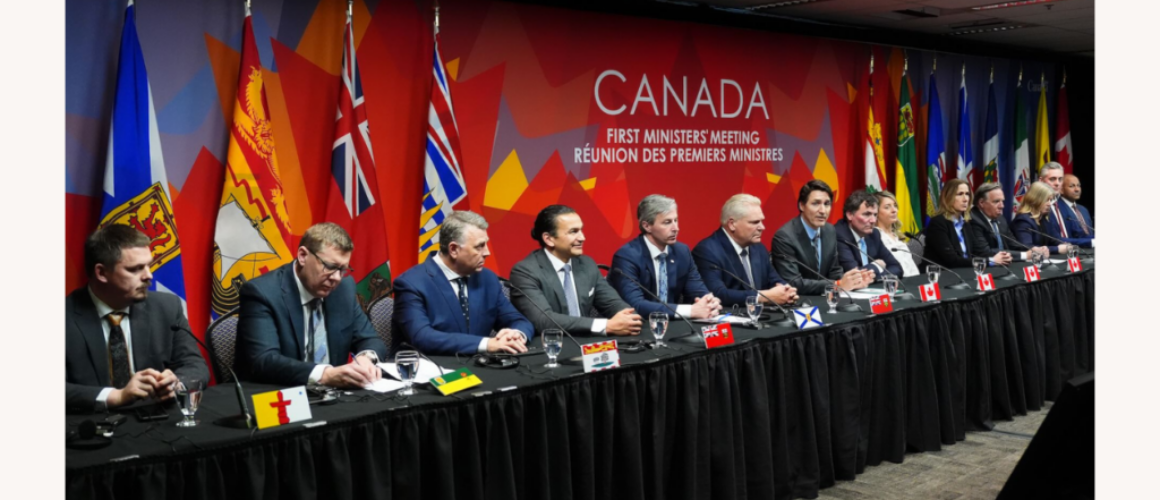First Ministers’ Virtual Meeting: A Test of Unity and Leadership in Carney’s Canada

On May 7, 2025, newly elected Prime Minister Mark Carney convened his first First Ministers’ Meeting, held virtually with all provincial and territorial leaders. The timing couldn’t have been more critical: Canada is emerging from an era of political division, economic pressure, and health care strain — all while facing growing separatist sentiment in Alberta and increasing provincial demands for fiscal autonomy.
The virtual meeting, though cordial on the surface, tested Carney’s ability to manage regional tensions, foster trust, and build consensus on a national strategy for economic recovery and long-term unity.
The Meeting Agenda: Economic Recovery, Health Care, and National Unity
The Carney government outlined three main goals during the 90-minute session:
- Economic Recovery Framework – Coordinated infrastructure, small business support, and clean energy incentives.
- Health Care Modernization – Increased federal health transfers and focus on digital and mental health systems.
- National Unity – A proposal for improved federal-provincial collaboration, including a “Council of Economic Reconciliation.”
Premiers also aired grievances and clarified fiscal expectations, testing Carney’s vision of cooperative federalism.
Tensions Beneath the Surface
Though official readouts struck a conciliatory tone, insiders reported “tense disagreement,” especially from Alberta and Quebec:
- Danielle Smith (Alberta) objected to climate regulations, calling them economic interference.
- François Legault (Quebec) demanded transfers without federal conditions.
- Doug Ford (Ontario) struck a cooperative tone, focusing on housing and infrastructure.
Carney responded: “The success of the federation depends on our willingness to listen and act — together.”
Carney’s Style: Measured, Data-Driven, Collaborative
Carney approached the meeting with technocratic professionalism — aiming for:
- Clear national goals with local customization
- Issue-specific intergovernmental working groups
- Fiscal incentives over policy mandates
Analysts say this marks a shift from top-down federalism toward negotiated collaboration.
What Premiers Said After the Meeting
Several premiers shared reactions:
- Doug Ford (Ontario): “I see a federal government that’s willing to work with us. That’s a good start.”
- Danielle Smith (Alberta): “Words are nice. Alberta needs actions — and respect for our constitutional rights.”
- Wab Kinew (Manitoba): “Pleased to see mental health and Indigenous health on the national agenda.”
Though challenges remain, the tone was more respectful than confrontational — a promising first step.
Conclusion
The First Ministers’ Meeting under Mark Carney was more than a symbolic gesture — it was a test of how a former central banker can function as a national conciliator. With provincial autonomy more assertive than ever, Carney’s ability to craft a cooperative federalism model could define his legacy.
His first step: building trust, listening more than lecturing, and offering provinces a seat — not just a script — at the national table.